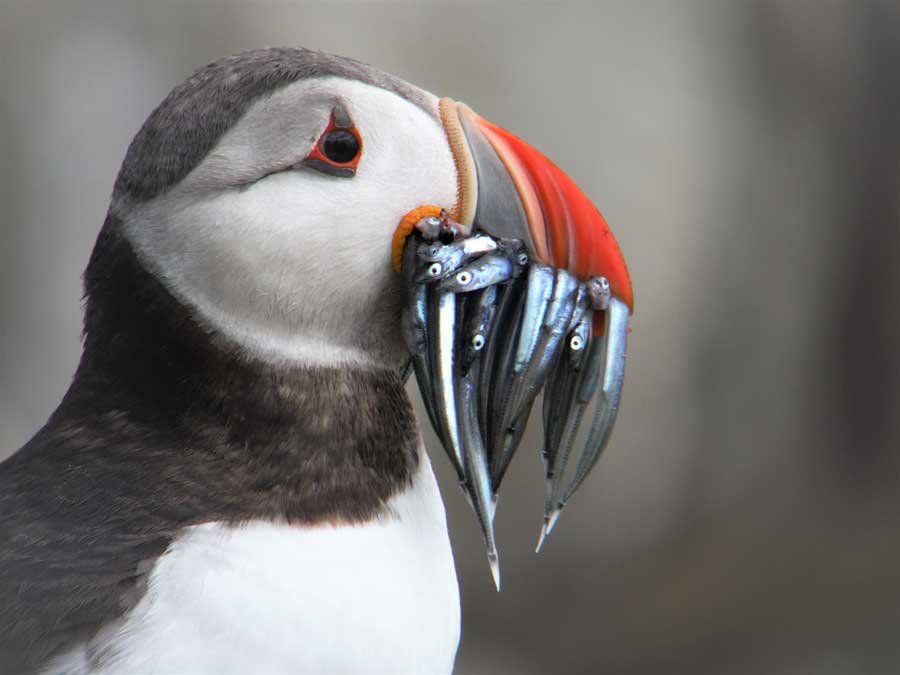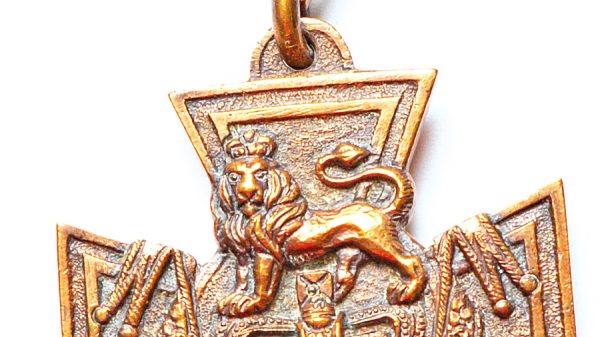−−− BY LINDA JENKINSON −−−
It’s April, a time when birds all over the world are on the move. In the northern hemisphere thousands of species globally are either just arriving on their breeding grounds or making their way further north in small steps, waiting for frozen tundra to thaw. Added to this mass movement, species that bred in the southern hemisphere during our winter are also making their way northwards to their wintering grounds, some seabirds beginning their massive pelagic journey around the entire Atlantic coast.
For the UK, which is on the North Atlantic Flyway (see the map), that means that our winter visitors are journeying towards Iceland, Greenland, eastern Canada, northern Europe and Russia, some moving as far north as the Arctic Circle to breed.
Mass movements of whooper swans have been seen over the last few days on their way to their Icelandic breeding grounds and flocks of wigeon and scoter have been detected by dedicated ‘nocmiggers’ (those tracking nocturnal migration using sensitive audio technology in their gardens) as they move across the country. Most birds will migrate long distances at night using the magnetic field and the stars to guide them. It’s thought that they travel at night because there are fewer predators.
While we say goodbye to our winter visitors, the northern hemisphere across the globe is also saying hello to its spring migrant birds. The UK will soon be welcoming species such as common tern, little ringed plover, cuckoo, nightjar, osprey, hobby, honey buzzard, swift, swallow, sand and house martins, yellow wagtail, spotted flycatcher and many species of warbler. You can follow the progress of some of the larger species that have been fitted with satellite tags and also watch for their arrival via online webcams.
If you like being by the sea, our seabirds are already occupying ledges and burrows and many more are gathering below the cliffs in readiness for the season to come. Puffin, guillemot, razorbill, gannet, fulmar and kittiwake are there already to be enjoyed.

Our spirits will be lifted as birdsong diversifies and extends during the next three months and hopefully this will intensify the healing power of nature we’ve already been enjoying as we’ve emerged from a post-pandemic world. Most people enjoy listening to birdsong and would love to be able to identify birds by sound.
Learning birdsong is like learning a language, it takes time and commitment but there are some excellent resources available. I recommend Geoff Sample’s CDs and customising the quiz on ‘Chirp!’, an app by Spiny Software. The trick is to choose just a few common and resident birds to start, no more than five, and listen to them for about ten minutes, three or four times a week. Any more and you’ll become overwhelmed and you won’t be able to learn effectively. Of course, there are now some listening apps available that will give you a percentage probability that you’re hearing a specific species but that’s no substitute for actually learning the songs yourself.
This is my twentieth year of teaching people about birds and birdsong so, to celebrate Start Birding’s big birthday, I’d like to offer all Yorkshire Reporter readers 50% off their first two hour guided birdwatching class, including birdsong tuition, by contacting me at linda@startbirding.co.uk and quoting SBYR20. There’s plenty of group events to choose from over the next three months while the birds are singing or, alternatively, book me for your very own one-to-one birdsong class. Just get in touch for more details.
Happy birdwatching!
Linda Jenkinson teaches people about birds in and around Leeds. For details of classes email linda@startbirding.co.uk or call 07778 768719. Visit www.startbirding.co.uk or Start Birding on Facebook and Twitter







